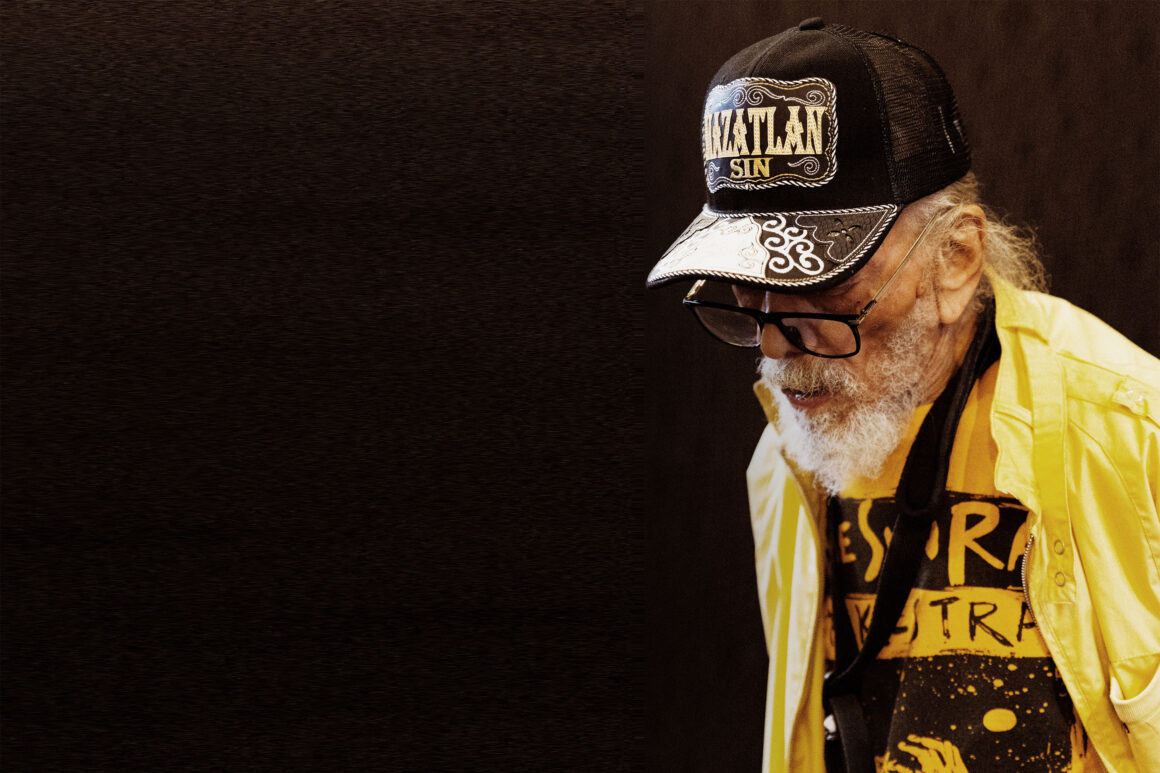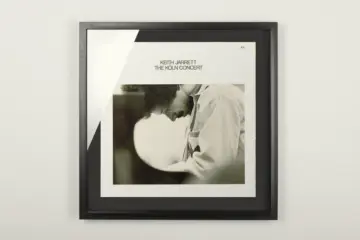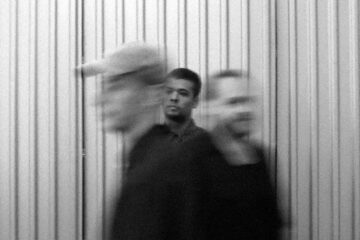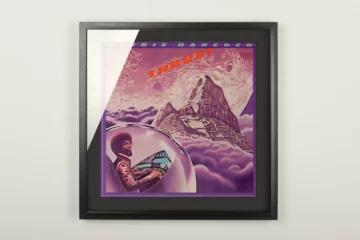While many would have hung up their instruments or at least gone into semi-retirement decades before Allen, he has continued to lead the Sun Ra Arkestra. He lives at Sun Ra House, also referred to as the Arkestral Institute of Sun Ra – the communal space in Philadelphia founded by Ra in 1968 and his dwelling until his death in 1993. From his home, which is to this day the de facto headquarters of the Arkestra, Allen has not just maintained the legacy of his mentor, friend and collaborator, but has added to it. He has continually adapted and built on the original compositions of Sun Ra, often writing them down for the first time as Arkestra members were given their parts directly by Ra himself. He’s also written his own cosmic compositions for the group and brought on generations of new players.

New Dawn
It seems only fitting that he should celebrate his hundred years on planet earth with a solo album. »New Dawn« is a truly astonishing record. It exists within the lineage of Sun Ra’s approach and teachings, while simultaneously being a perfect encapsulation of everything that makes Allen special as a composer and performer. Recorded in May 2024 just days after Marshall became a centenarian, the album was driven by the relationship he has with his long-term collaborator and Arkestra member saxophonist and multi-instrumentalist Knoel Scott.
The pair have lived together at Sun Ra House since the 1980s. He’s a mere whippersnapper comparatively, being just 68 and having been born just two years before Allen joined Sun Ra on his musical quest. Album producer Jan Lankisch has reflected on the central influence of Allen’s relationship with Scott to the genesis of the record, »he knew Marshall better than anyone, and his deep understanding of Marshall’s compositions guided the selection of material for the album.« To really understand »New Dawn« and where it fits within the extraordinary output of Allen with the Arkestra and other projects, we have to go back to the beginning and get under the skin of his singular life. Having lived for a hundred years and been shaped by the tumultuous events of the 20th century, the factors that have influenced him go well beyond music.
The development of a visionary
Born in Louisville, Kentucky, on 25 May 1924, Marshall Allen had a deep affinity for music from a young age. A state sponsored programme gave him a start as a young teenager when he picked up the oboe. He was wanting a clarinet, but all of those had been taken. He became a huge fan of the popular big band music of the day being made by artists such as Duke Ellington, Count Basie, Jamie Lunceford, Jimmy Dorsey and others. The clarinet was central to this sound and would be the instrument of his early musical exploration. Later, he would of course shift his primary focus to the alto saxophone, for which he is most known. In 1941, Allen enlisted in the 92nd Infantry division of the US army, a primarily African American unit nicknamed the »Buffalo Soldiers«, which is a reference to the 19th Century units of the same name. It was during this period that he switched from focusing mainly on the clarinet to the alto saxophone – which he played in regiment bands. Alongside this, he worked with other musicians he met in the army forming small ensembles and playing in clubs for off-duty soldiers.
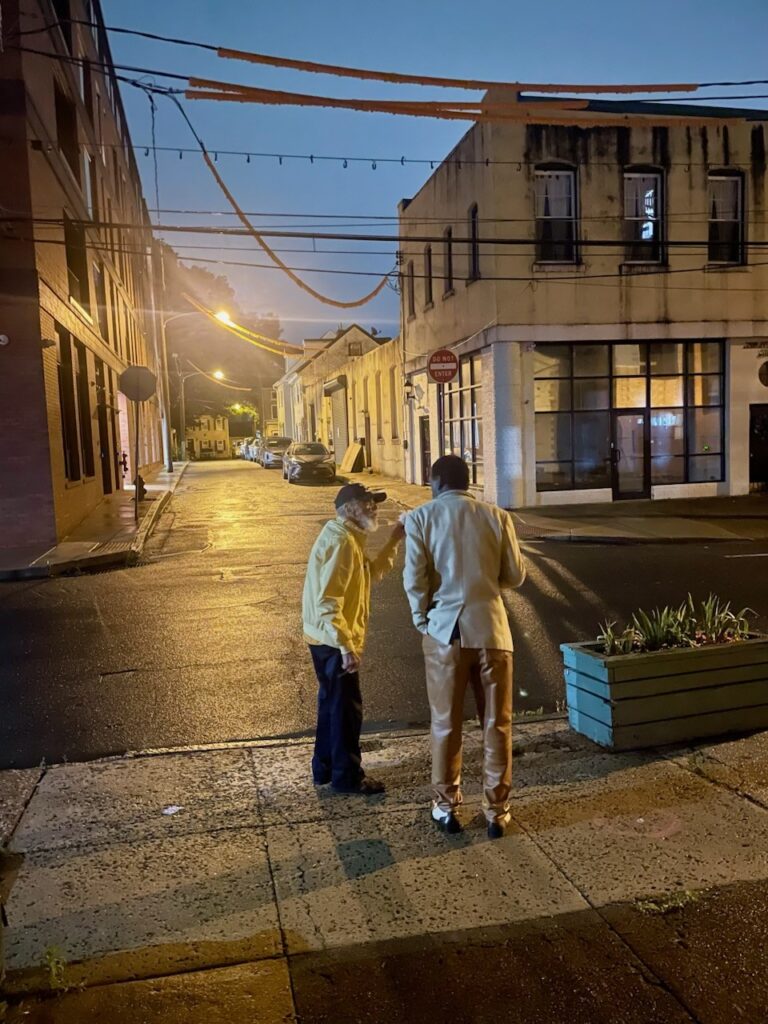
Allen was deployed in Europe and in this period became known as »Red«. Despite the unfolding events of the war, he kept his practice and musical development going in a truly dedicated fashion. He also managed to collaborate with other jazz musicians who were posted alongside him, such as Coleman Hawkins and Don Byas. He would stay on in Europe after the war, being honourably discharged in 1947. At this point he took up study at the Paris Conservatoire.
Following his period in Europe, Allen returned to the states, living with his mother in Chicago. In this period, he worked day jobs and gigged at the clubs by night. He would now experience a fateful moment that would help him achieve his true calling and alter the course of his entire life. He started visiting a record shop, where the owner, a man named Joe Segal recommended a big band recording to him that featured a certain Sun Ra. He inquired where he could find Ra rehearsing and quickly sought him out. His extraordinary ability and dedication were of course the true drivers of his destiny, but this certainly feels like a moment where the stars aligned.
Sun Ra recognised a fellow musical visionary in Marshall Allen and quickly became his mentor. Ra shared with him his philosophies and world view, which are central to the output of Sun Ra and his Arkestra. Decades later (but not at the time), this would become known as afro-futurism. The work of Allen and Ra and in fact the entire Arkestra created a fantastical sonic world and a joyous communal existence which not only spoke to the experimental creative leanings of the artists, but also to a need to survive and thrive in a challenging and deeply racially divided America.
The work of Allen and Ra […] created a fantastical sonic world and a joyous communal existence which […] spoke to […] a need to survive and thrive in a challenging and deeply racially divided America.
Allen rose quickly to become the lead chair of the reed section and at the same time part of the Arkestra’s creative nucleus alongside Ra himself and tenor saxophonist John Gilmore. The latter would briefly lead the Arkestra following Ra’s passing in 1993 until he himself left this earthly plain in 1995. It was at this point that Allen became band leader. Through his work with the Arkestra and under the watchful eye of Ra, Allen drove forward what is now referred to as avant-garde saxophone playing. He has pushed the boundaries of what is possible with the instrument, in the process moving well beyond the limitations of western convention.
Under his leadership, the Arkestra was rebuilt. With a combination of longstanding veterans and younger players Allen captained the ship, not only as a monument to its late founder and leader, but as a going concern that could take his ideas and philosophies forward for new generations. Allen continues to this day to lead the Arkestra, which is a monumental achievement, although he has now retired from international touring on doctor’s orders! In his time as a musician, he has witnessed and been a part of the evolution of jazz – through swing, bebop, hard bop, cool, avant-garde, fusion and beyond. When so many of the greats passed on before their time, Allen is a genuine survivor and a true visionary.
Creating »New Dawn«
The music contained on »New Dawn« is joyous, timeless and invigorating. While firmly rooted in Allen’s singular history with the Arkestra, the pieces from the title track with its gorgeous guest vocals from Neneh Cherry, to the album’s spiritual centrepiece »African Sunset« reverberate with life and originality.
The bulk of the recording for the album took place at a studio a few blocks away from Sun Ra House. Producer Jan Lankisch led the initial sessions that happened over a couple of afternoons. The band consisted of members of the Arkestra and a vast array of talent from Philadelphia’s jazz scene pulled together by Knoel Scott.
»I thought 30 minutes would be fine for lunch.«
Jan Lankisch
Lankisch, although broadly happy with the sessions, later commented that »I really wasn’t sure we had enough to make an album«. He spoke to Michael Richelle who mixed the Arkestra’s album »Swirling«, who told him »that’s what you get from them. You record something and then later you just gotta work it out«. »Work it out« is exactly what Lankisch did! He headed back into the studio with Marshall, Knoel, trumpeter Cecil Brooks and bassist Jamaaladeen Tacuma to re-record a few parts – particularly solos that got drowned out. The strings sections also needed another bash and the legendary Neneh Cherry had to come into the studio to lay down her memorable vocal turn. And with that, the album was done and in the can.
Lankisch speaks fondly of the recording process, but with a laugh says »I would organise the sessions differently if I did it again«. For one he significantly underestimated the time it would take the band to do everything. »I thought 30 minutes would be fine for lunch« he reflects, but it absolutely wasn’t. Despite feeling pressed for time and working around the idiosyncrasies of the musicians and the band as a unit, Lankisch helped Allen, Scott and the rest conjure up some true magic.
Related reviews
What is truly astonishing about »New Dawn« is the range – not just in terms of Marshall’s own playing, but also the adaptability of the band as a unit as they shift effortlessly between moods and sounds.
Few musicians, or for that matter people in general make it to the incredible milestone Marshall Allen has hit, fewer still are operating at the height of their creative powers. He’s still right there after all these decades, honouring the legacy of his mentor while being resolutely himself. Recording and releasing a debut solo album after his hundredth birthday is a truly singular achievement from a truly singular musician.

